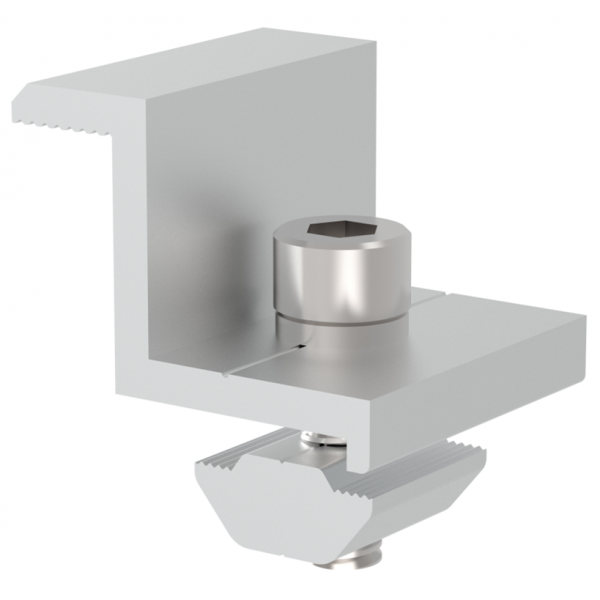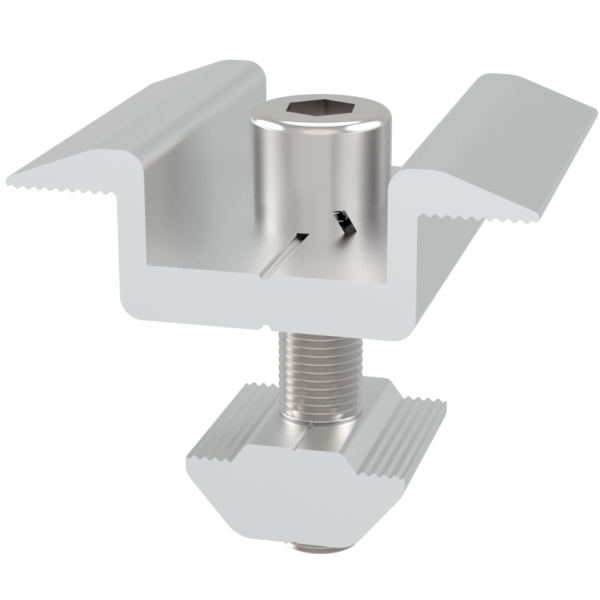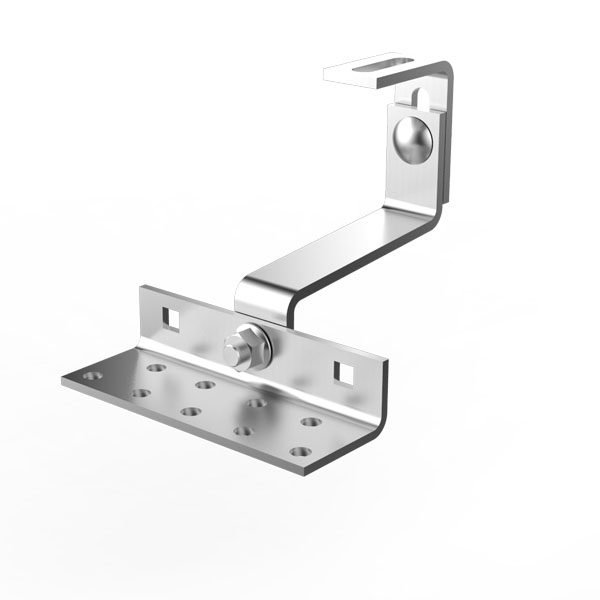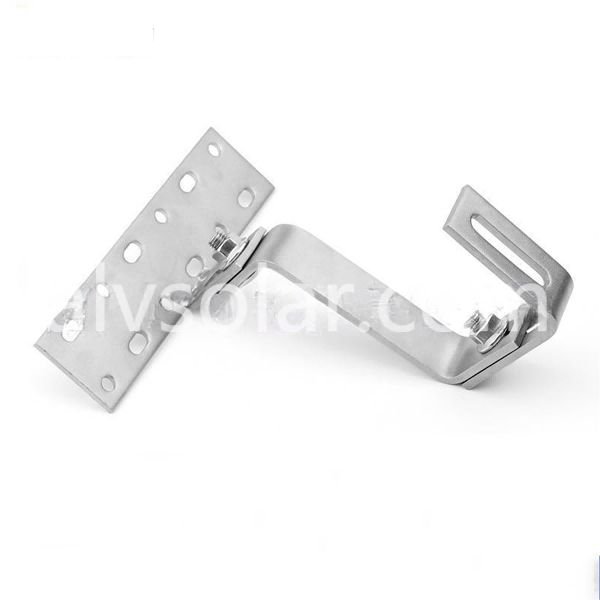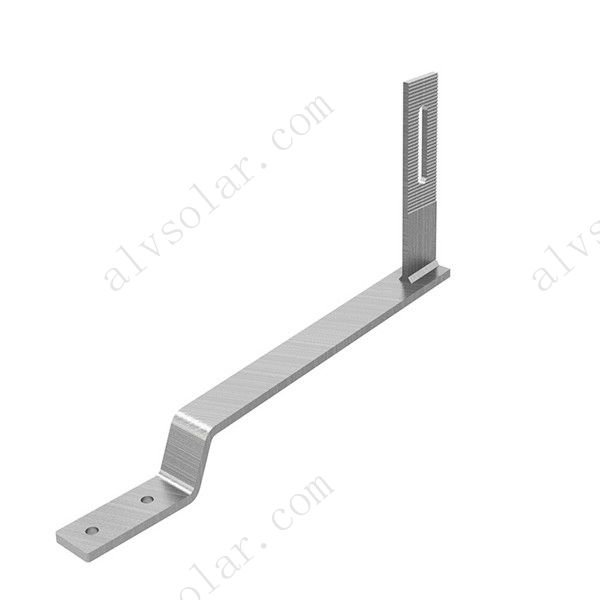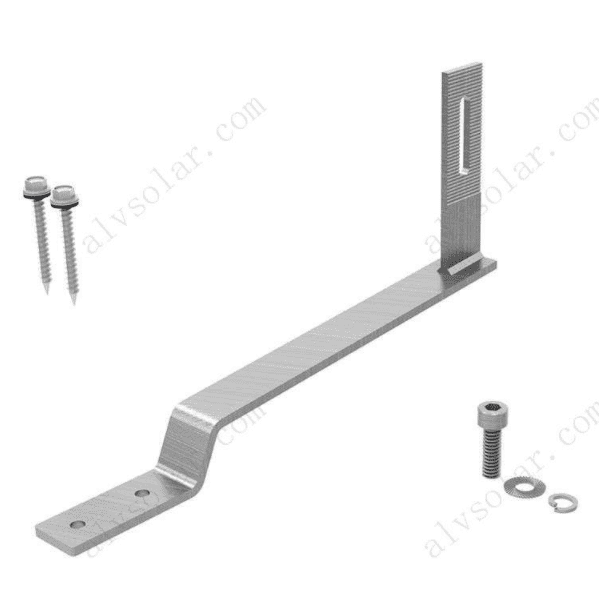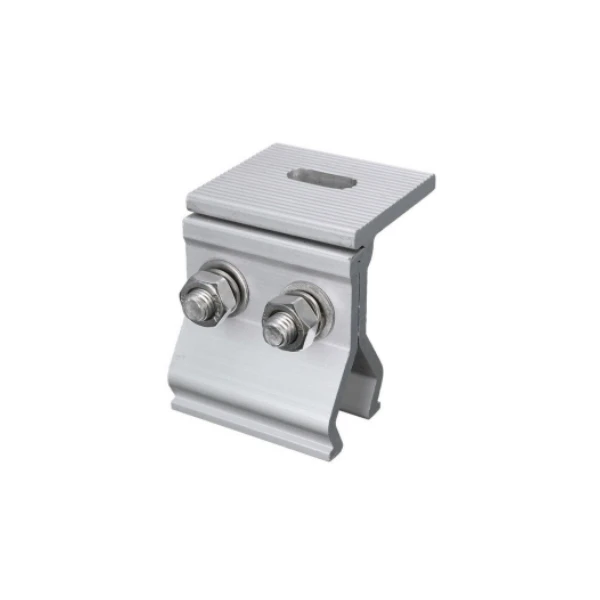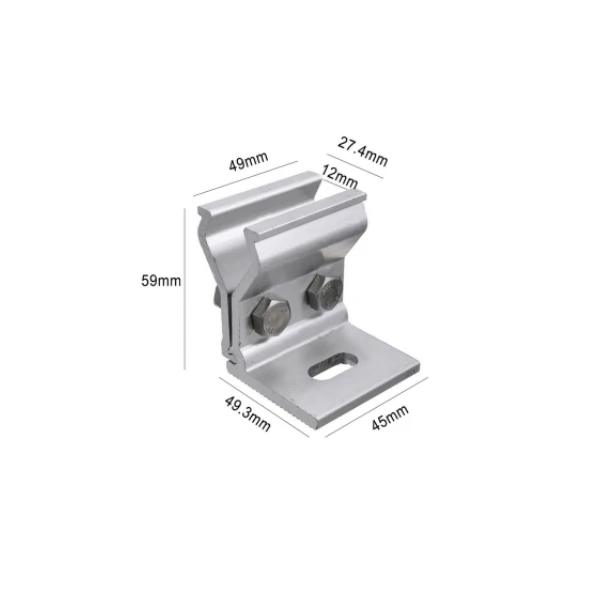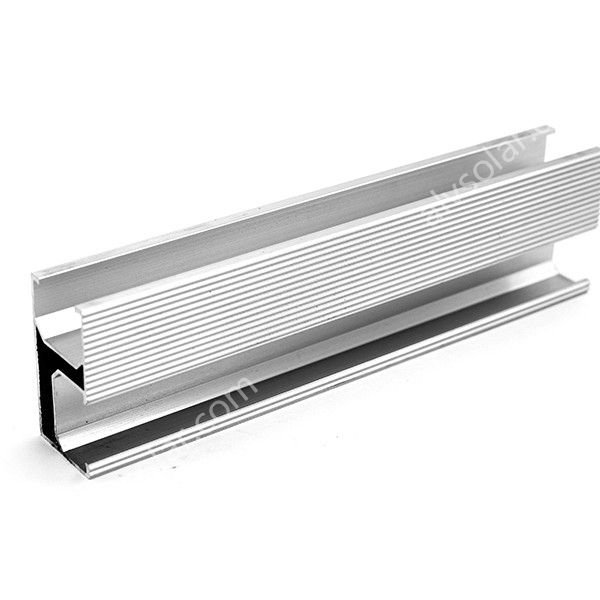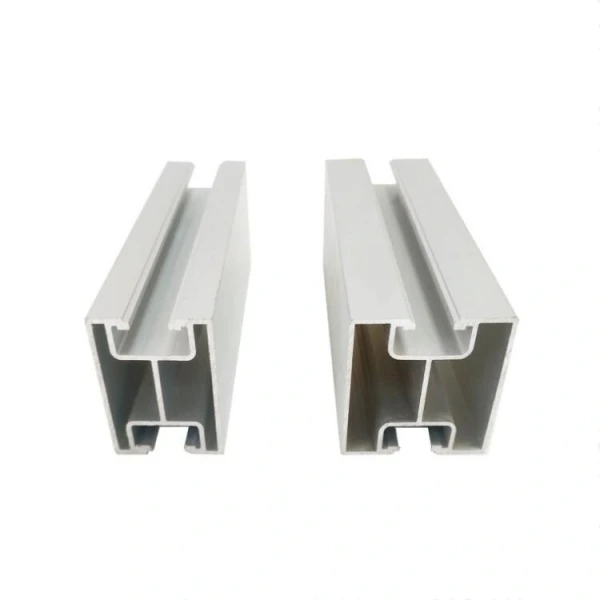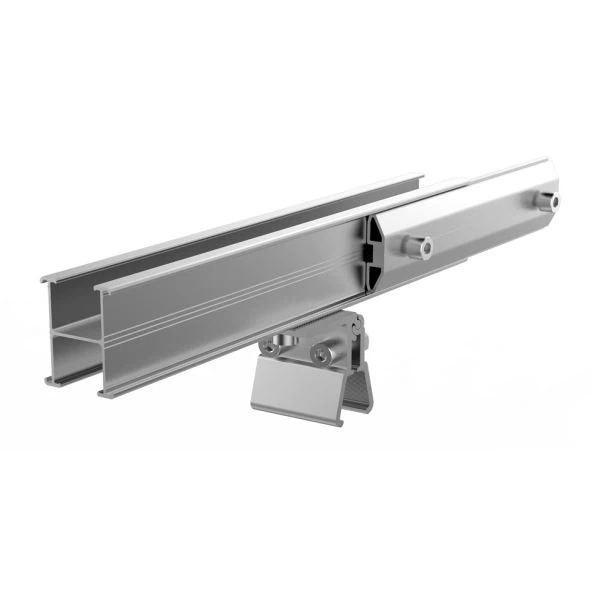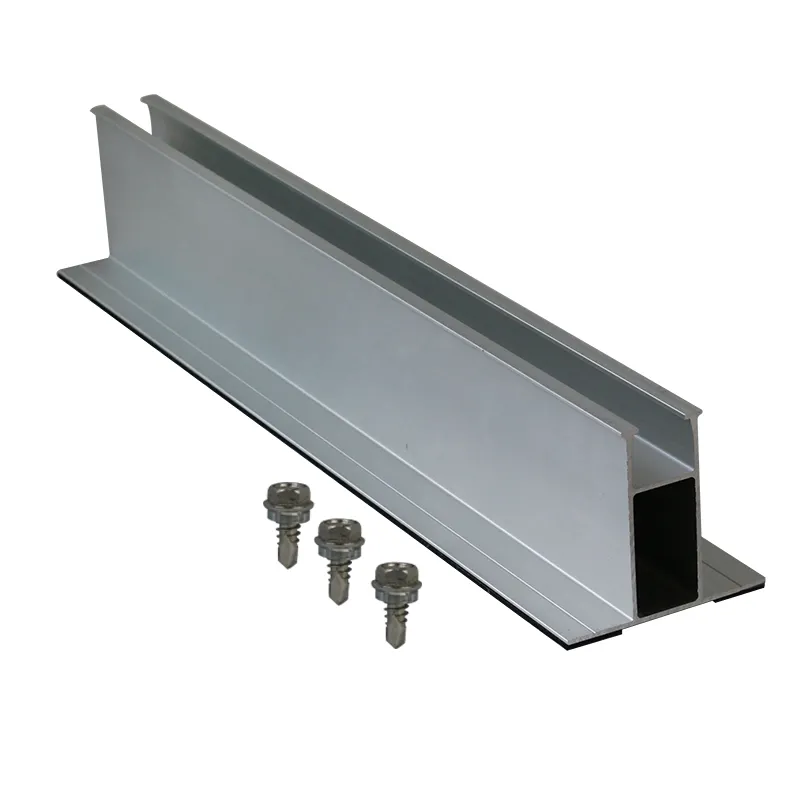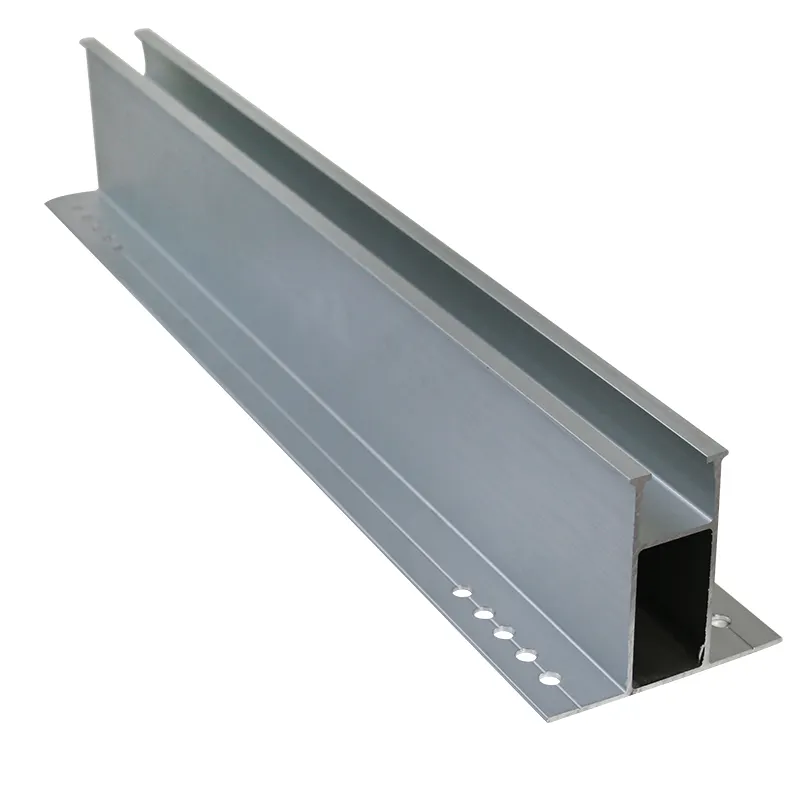How to Choose the Right Mounting System for Your Solar Project
When people think about solar energy, most of the focus is on solar panels, inverters, and electricity savings. But behind every efficient solar panel is a strong and reliable mounting system — the part that holds everything in place. Choosing the right solar mounting system is just as important as selecting the solar panels themselves. It affects how much energy you generate, how long your system lasts, and how safe your installation is over time.
In this blog, we’ll guide you through what a solar mounting system does, the main types available, and how to choose the best one for your roof, ground, or special application — even if you’re not a solar expert.
What Is a Solar Mounting System and Why Do You Need the Right One?
A solar mounting system (also called a racking system) is the structure that holds your solar panels in place. It supports the panels at the right tilt angle, secures them during strong winds or heavy snow, and ensures they stay aligned to produce energy efficiently.
Without the proper mounting system:
Your panels might shift or get damaged during storms.
You may not get the best sunlight exposure, which lowers energy output.
You could face long-term problems like corrosion or loosening parts.
The right mounting system makes your solar project safer, more efficient, and longer-lasting. It can also save time and money during installation, especially if the structure is designed for quick assembly or comes with pre-assembled kits.
Choosing the right racking isn’t just about hardware — it’s about choosing something that matches your project’s conditions. Not all roofs are the same. Not every ground is level. And not every customer wants drilling or concrete work. That’s why understanding the types of solar mounting systems is the first step.
Types of Mounting Systems and Which Is Best for You
There are three main types of solar mounting systems, each with different advantages depending on where and how you install your panels.
1. Dachmontagesysteme (for homes, buildings, warehouses)
Best for: Residential homes, commercial rooftops, and buildings with unused roof space.
These systems are designed to fit on various roof types, such as:
Pitched tile roofs (using roof hooks or tile brackets)
Metal sheet roofs (using clamps or rails)
Flat concrete roofs (using triangle brackets or ballast systems)
Advantages:
Saves land space
Quick installation
Lower cost than ground systems
Things to consider:
Do you want to drill into the roof or use a no-penetration system?
What is the wind/snow load in your area?
Is your roof strong and wide enough for solar?
For homes or buildings with limited space or no access to land, roof mounting is the most common and practical choice. If your roof isn’t ideal (shaded, small, old), then ground options may be better.
2. Bodenmontagesysteme (for open land or solar farms)
Best for: Large projects, open areas, farmland, or commercial installations.
Ground-mounted systems are installed directly on the ground using:
Concrete bases
Steel piles
Ground screws (eco-friendly, no concrete needed)
Advantages:
Easy maintenance and cleaning
Adjustable tilt for maximum sunlight
Works even if your roof isn't usable
Things to consider:
Do you have enough open land?
Are you okay with some digging or concrete?
Do you want a fixed-tilt or adjustable-tilt structure?
Ground systems are perfect for businesses, schools, farms, or solar developers who want to maximize solar output without using rooftops. They also allow better air circulation Und cooler panel temperatures, which can slightly improve panel efficiency.
3. Special Structures (like solar carports, balconies, or custom systems)
Best for: Parking lots, apartment balconies, or custom spaces.
Solar Carports: Dual-purpose structures that provide shade and solar power.
Balkonsysteme: Small kits that can be mounted on balconies or walls — popular in Europe.
Custom Projects: Agricultural mounting, BIPV (building-integrated PV), vertical walls, etc.
Advantages:
Dual functionality (power + protection)
Suitable for small or unique spaces
Can be added even when roof or land is unavailable
Things to consider:
Requires good structural design
Often custom-made
May need approval from building management
If your project needs a creative solution, a reliable supplier like Xiamen Al Import & Export Co., Ltd. can provide tailored support and designs to fit your space and energy goals.

